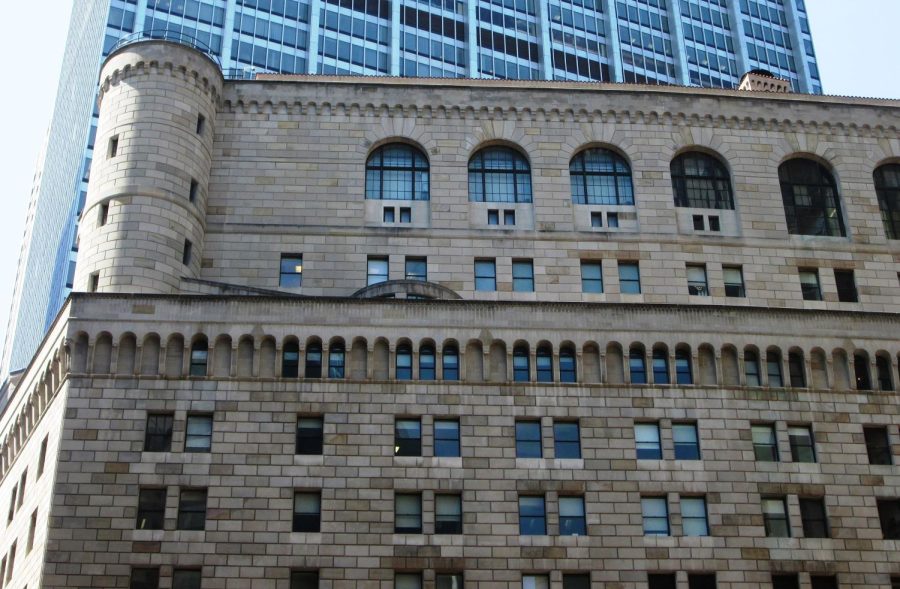NY Fed limits access to tool that controls interest rates
May 8, 2023
The Federal Reserve Bank of New York set restrictions on April 25 for access to its reserve repo agreement facility, a popular tool for controlling short-term interest rates.
By taking this action, the New York Fed will cut off access to the facility for a select few investment entities. The modification is intended to lessen people abusing the tool.
The New York Fed is authorized by the Federal Reserve to control repurchase agreement, or “repo,” transactions and reverse repo transactions.
The tool is a crucial instrument in the Fed’s monetary policy toolbox. The central bank can borrow money from banks, money market funds and qualified companies in exchange for Treasury securities.
The repo facility rate is currently set to 4.8%, which is thought to be at the lower end as the federal funds rate considering between 4.75% and 5% This helps the Fed control short-term interest rates and maintain them within its desired range.
The rate increased as a result of a liquidity inflow into the banking system, but the Fed is growing more concerned about this development. About $2 trillion are deposited at the central bank per day because of the repo facility.
The tool has the potential to siphon money away from other markets and instruments, which could cause instability in the financial system.
The facility also runs the danger of luring capital from businesses that are ill-prepared to manage the risks involved in lending to the Fed, such as smaller banks and money market funds.
The New York Fed granted access to the facility to a restricted number of businesses in order to allay concerns. Under the new regulations, the tool will only be open to banks and principal broker-dealers.
The change is anticipated to reduce the facility’s overall size and lessen some of the dangers that go along with it.
By restricting participation to primary dealers, the Fed can make sure that only businesses with the knowledge and means to manage the risks of lending to the Fed are permitted to do so. This would lessen the likelihood that less prepared businesses will be pulled into the facility and exposed to unnecessary dangers.
The action has nevertheless drawn criticism from some analysts who think that it might have unexpected repercussions.
By allowing only a select few companies access to the facility, for instance, it might raise the concentration of risk in the financial system.
Additionally, since smaller banks and money market funds are currently not eligible for the facility, it might worsen their liquidity issues.
The New York Fed’s decision to restrict access to its reverse repo facility emphasizes the rising worries about the risks the facility poses.
Although the action is meant to reduce these risks, it is still unclear whether it will achieve the financial institution’s goals or have unintended consequences that could increase the financial system’s risks.








